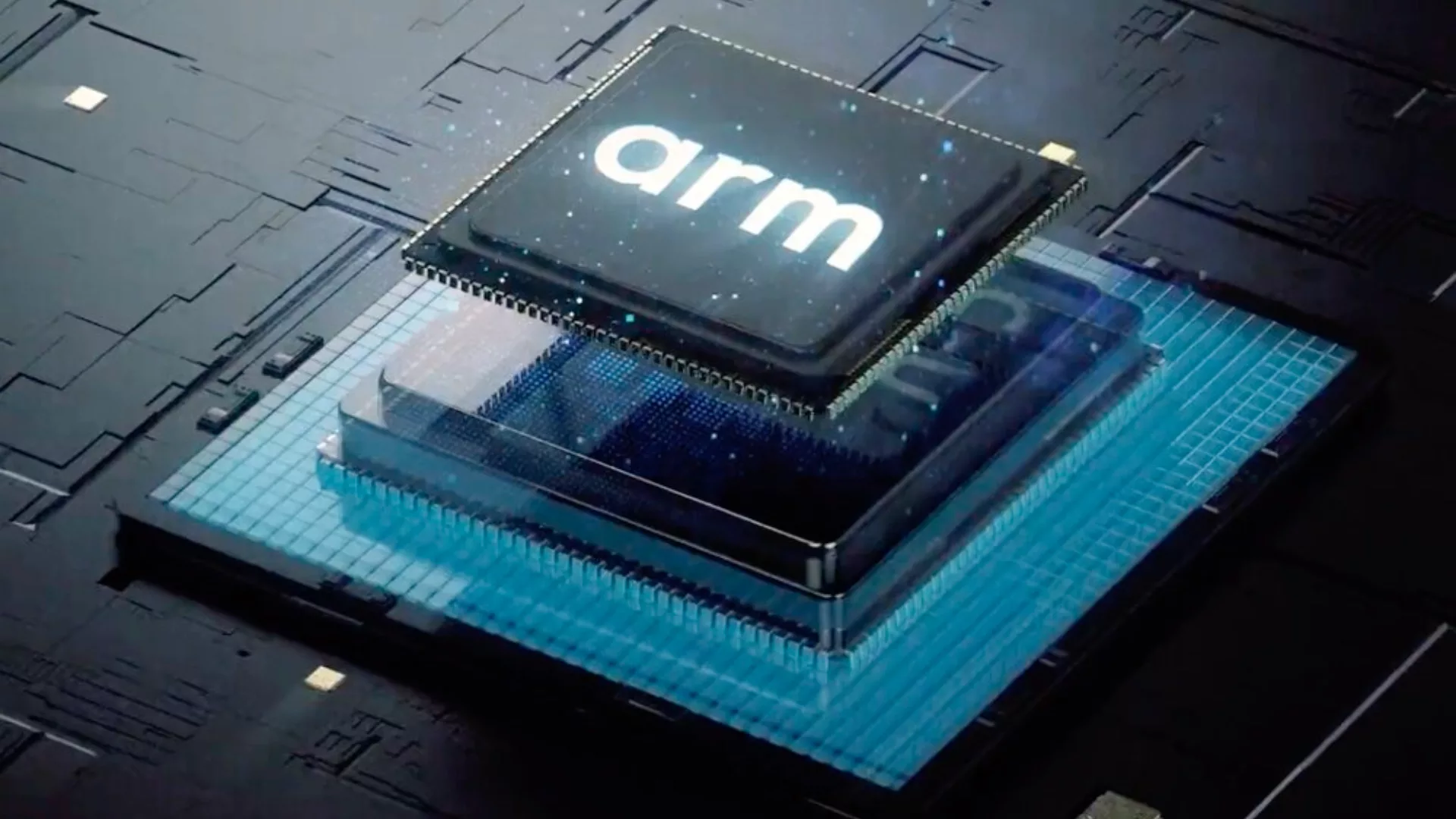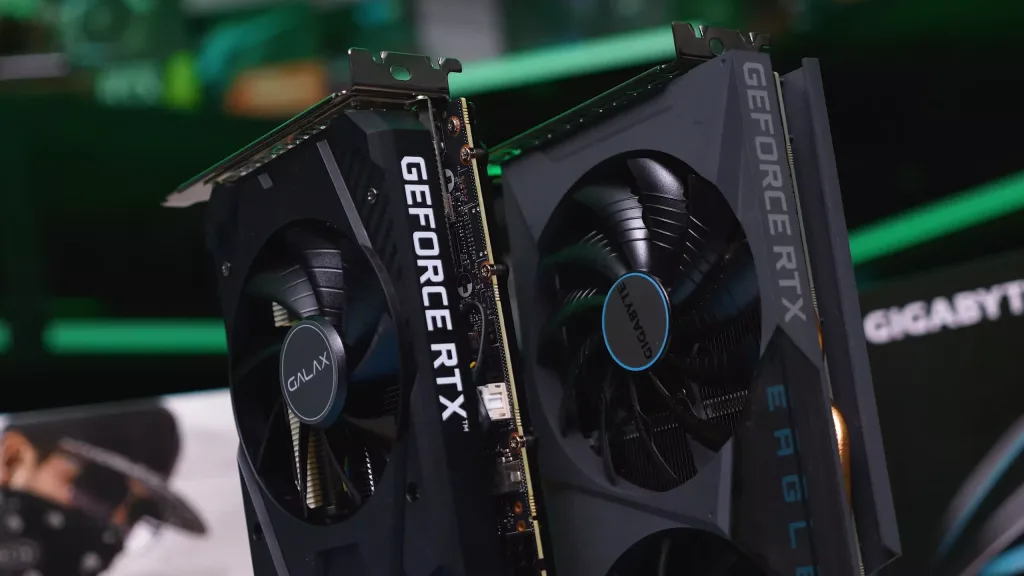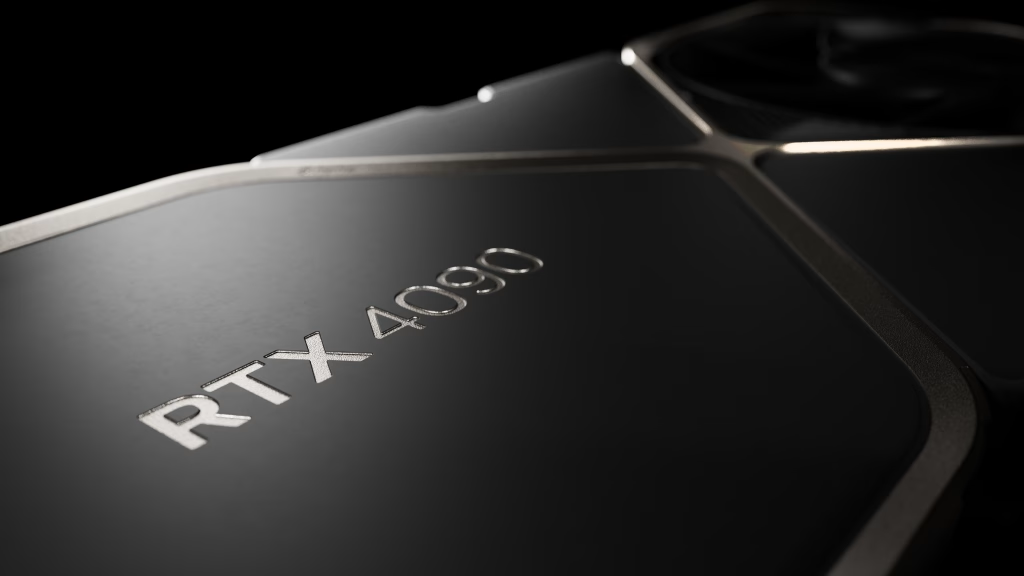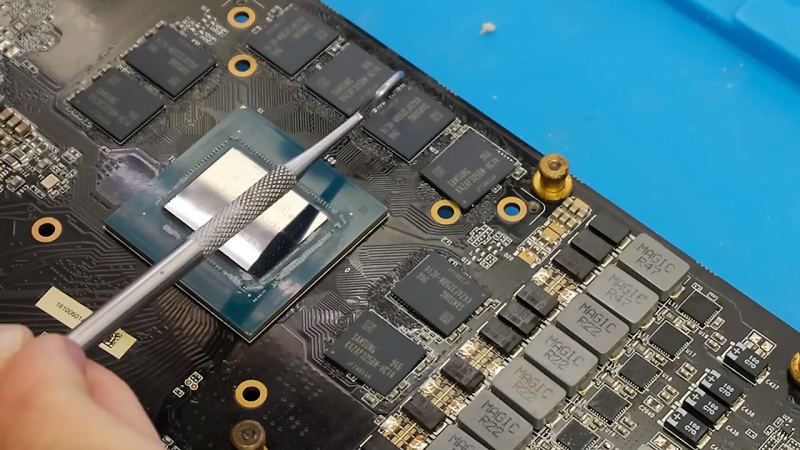Nvidia is quietly working on processors or CPUs based on the Arm architecture to compete with Intel and AMD’s x86 processors. Arm-based processors are used in smaller devices and are better for energy consumption, and more recently, have been extensively tested on laptop machines such as Microsoft’s Surface notebooks and Apple’s recent MacBooks.
In an exclusive, Reuters reported that two people familiar with the matter said that the GPU giant (and now, AI chip giant) Nvidia is working with Microsoft to design and manufacture processors based on technology from Arm Holdings for Windows PCs. Apart from being an attempt by Nvidia to gain entry into a market dominated by Intel and AMD, it’s also a move that will allow Microsoft to gain entry into a market dominated by Apple.
Apple’s laptops using the M1 and M2 chips are providing a lot of processing power utilizing Arm-based technology. This has enabled the company to nearly double its market share since the release of the M1 chip. The report further says that AMD also has plans to release Arm-based processors.
Now, what is Arm and why is it such a big deal?
Arm vs. x86 CPUs (RISC vs. CISC)
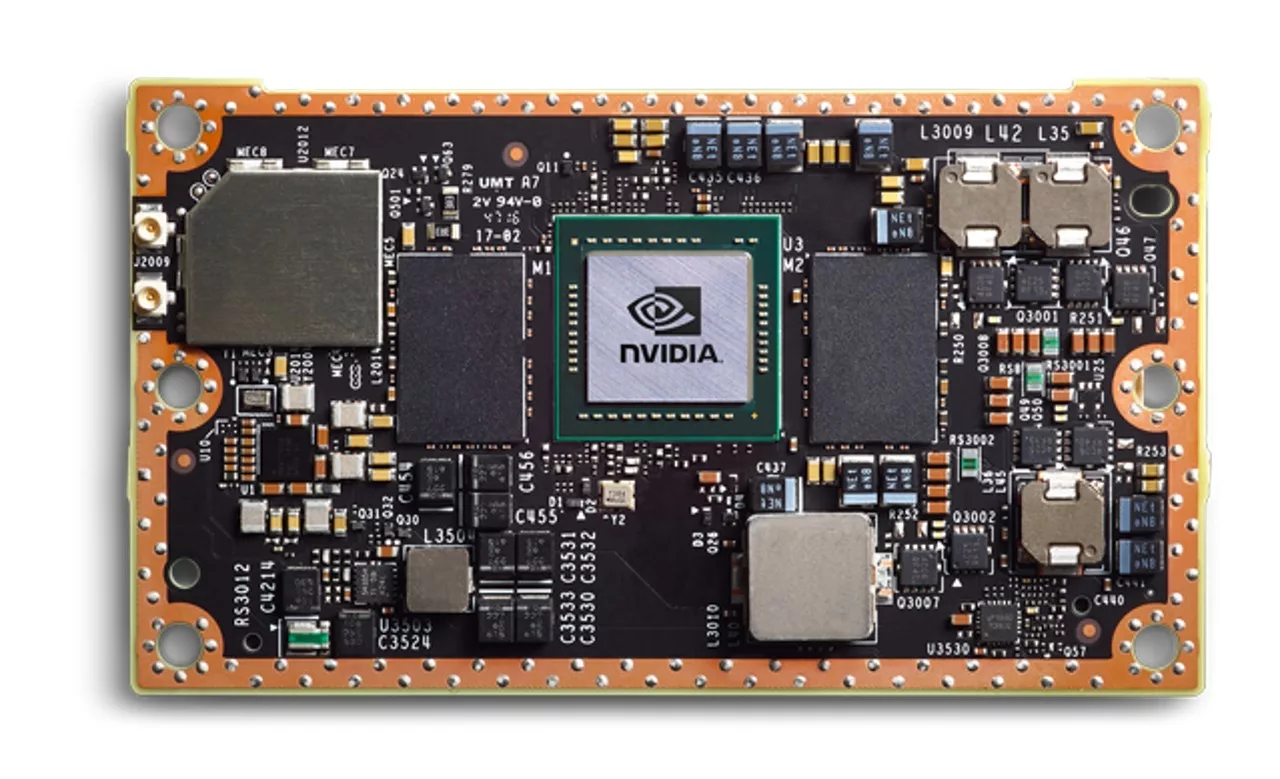
Generally speaking, companies developing Arm-based devices (such as the Nintendo Switch or the 3DS) focus on power efficiency and not getting the most out of each processor cycle. Two CPUs both at the same clock speed will have the x86 give more performance, but portable devices don’t need that much whereas the power efficiency is a big plus owing to their battery-powered nature. Nvidia’s older Arm experiment called Tegra didn’t really pick up but found some niche uses.
Background
All devices need processors, including gaming PCs, laptops, consoles, tablets, smartwatches, and smartphones. There are two main types of processors—Arm-based and x86-based. Both are “instruction sets.” Typically, smaller devices such as smartphones and tablets have used Arm-based processors, and desktops and servers have been using x86-based processors.
Intel created the x86 technology with a 16-bit architecture. It then released the 32-bit architecture in 1985. AMD improved that spec and released the 64-bit architecture for the set in 2003. Since then, almost all desktops, laptops, servers, operating systems, and other hardware have been optimized for a 32-bit and/or 64-bit x86 architecture.
Arm Advantage
However, the Arm-based processors have an advantage: they are based on RISC (Reduced Instruction Set Computer) and not CISC (Complex Instruction Set Computer). To summarize, here’s how they work:
CISC processors (such as AMD and Intel ones) have complex registers that do the heavy lifting. These are pre-programmed instruction sets. A software engineer or a game developer can use these instructions to write fewer lines of code to calculate something, for example. This also requires less memory. On the other hand, RISC processors have no complex instructions and each command has to be coded manually at the hardware or assembly level, but each command can be completed in one “cycle.”
Roughly, this means more RAM use and more lines of code. But what’s important is that the speed is comparable, that is, RISC doesn’t take more time to do the processing than CISC even with those drawbacks. That’s why RISC is considered to be better—As it has fewer registers dedicated to complex processes, the size of the die is smaller for roughly the same level of speed. This can allow a chipmaker to pack other types of registers and features into a similarly sized processor. Also, RISC-based processors are more energy-efficient and tend to run cooler than their CISC counterparts. The reason why RISC never really took off was poor software support, among other things.
Sure, a single RISC core is not nearly as capable as a single CISC core. But when you compare the power use, heat, and overall performance of a comparable number of RISC cores vs. a single CISC core, then RISC comes out on top more often than not.
This does mean that software will need to be optimized for the RISC architecture, but that’s a small price to pay compared to how much manufacturers and consumers will end up saving.
In fact, RISC-based processing is so efficient that Intel’s own x86 CPUs based on CISC architectures also have RISC-like micro-instructions inside them.
The Rise of RISC and Arm
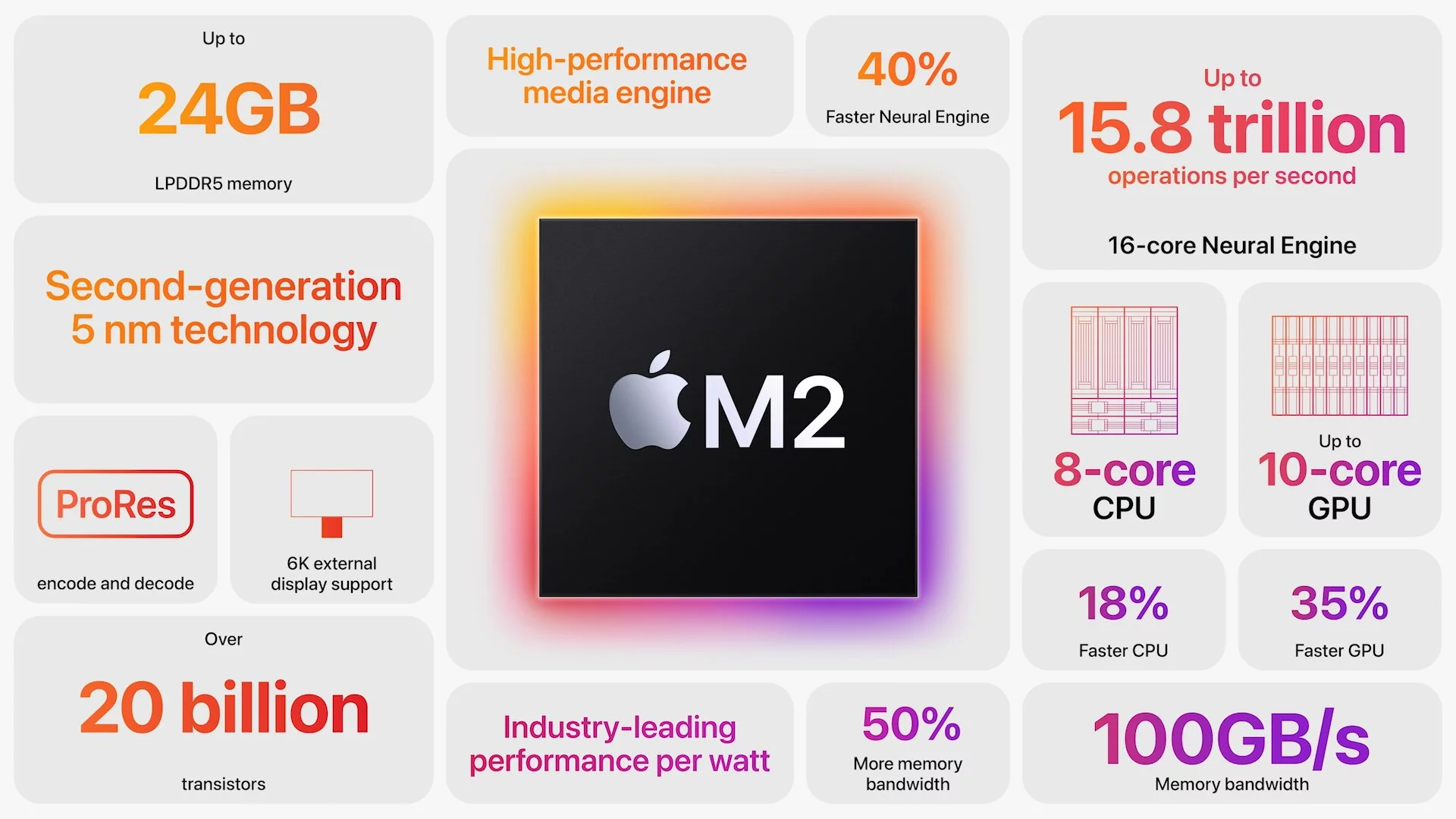
RISC architectures have been gaining a lot of popularity lately. The most significant development has been in the world of laptops that offer pretty much the same speed, if not more, and better efficiency when running on RISC/Arm compared to CISC/Intel/AMD.
The most notable ones are:
- The recent Chromebooks using MediaTek Kompanio 1380 chipset.
- Apple’s M-series of SoCs (M1 and M2 so far) that power MacBooks, Mac desktops, iPads, and iPhones.
- Microsoft’s newer Surface devices use Nvidia’s Tegra 3 and 4 chips, which are SoCs using ARM Cortex CPUs.
All of these are fairly new use cases of Arm-based laptop processors and have taken off since around 2020. Also, all of these product lines used Intel chips before going Arm. Arm-based devices can also emulate x86 apps really well, so there’s no major downside whether you’re on Windows (mainly Windows 11), Linux (including ChromeOS), or Mac.
Several other manufacturers have also experimented with Arm processors, providing the much-needed test results for different use cases. The Samsung Galaxy Book Go and Lenovo ThinkPad X13s are good notebooks/laptops in this category.
Many deployments such as iPadOS, Android, Firefox OS, MacOS, Palm OS, Symbian OS, and Windows Phone have already proven that RISC-based operating systems can offer decent performance for a very small energy footprint.
What Does Nvidia’s Foray into CPUs Mean?
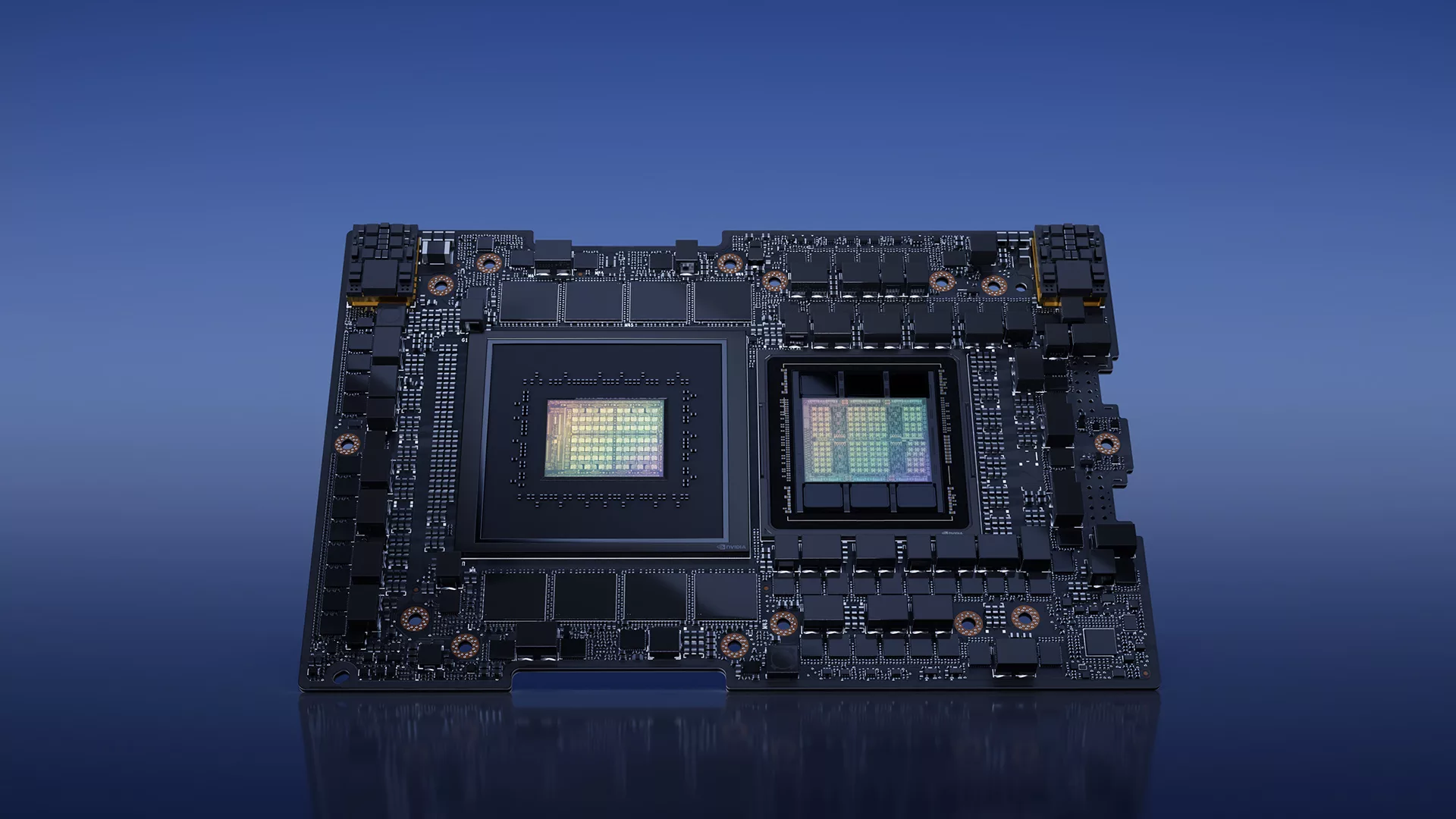
Nvidia’s history with processors and Arm-based chips isn’t something new. The company has worked with Arm-based architecture and technology for a while now. Arm Holdings is easier to work with compared to Intel, as they don’t make their own processors (so don’t see the licenses they are giving out as access to competitors).
More recently, Nvidia also announced the Grace Hopper “AI superchip” that promises to cut down the cost of AI training, as everyone from 2-day-old startups to Google, Microsoft, Apple, Meta, and Amazon seems to be developing something related to generative AI at breakneck speed.
The Grace CPU chip uses Arm-based architecture and provides better power efficiency for all types of AI training and inferencing workloads.
But what does the foray into the desktop, consumer, or gaming PC processor market mean? Well, first of all, as long as Nvidia can promise good gains over competing CPUs, especially in power consumption and smaller sizes, and Microsoft goes along without any friction in terms of software writing and optimization, we can expect Team Green to be the third major desktop PC processor manufacturer.
Nvidia already has a strong supply chain, several powerful partners, a solid market share, and the brand power among gamers to push their products. They also have the support of Microsoft. With Windows 11 being optimized for Arm-based processors, this could mean gamers have nothing to lose. Lastly, Nvidia also has years of experience in working with RISC designs and Arm-based architectures, and their 144-core AI superchip has been a success with no mishaps.
All in all, this is the perfect time to get into the desktop CPU market for Nvidia. If all goes well and there’s no major corporate greed at play here, we can expect this to bring down the average cost of all types of processors—Entry-level consumer CPUs, mid-range gaming CPUs, or professional and enthusiast-level high-end processors for PCs and servers.
Add to that AMD’s plans to also launch Arm-based processors, and by 2025, we’re going to see a united front against Intel—Much like how Intel’s new GPUs are up against an established market of AMD and Nvidia GPUs.
It was only in 2019 that AMD finally went beyond a 30% market share in desktop processors. Intel has always had the lion’s share of the market. It will be interesting to see what these new Arm-based processors from Nvidia and AMD do in 2025.


